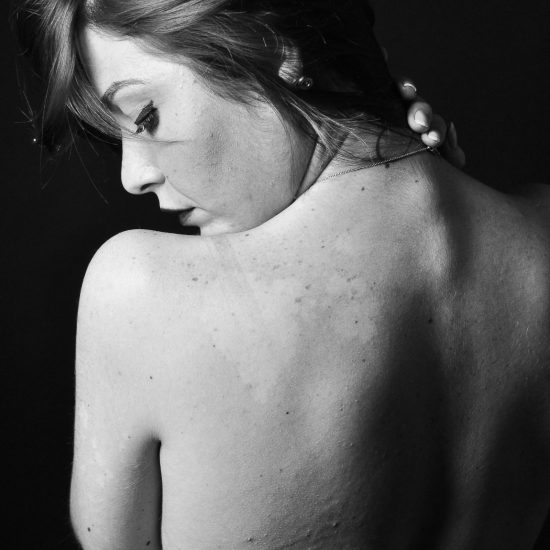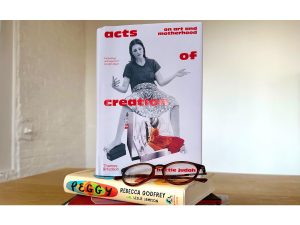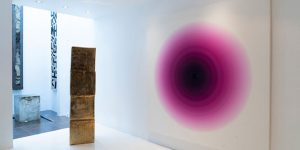Nude photography is an art form that has both fascinated and polarized audiences since its inception. This genre, often misunderstood and controversial, is a significant part of the broader history of art and photography. In this article, we will explore the origins of nude photography, its evolution through various artistic movements, the ethical considerations it raises, its role in modern art, and the techniques used by contemporary photographers.
1. The Origins of Nude Photography
Early Beginnings in the 19th Century
Nude photography can trace its roots back to the early 19th century, shortly after the invention of the camera. The earliest known nude photograph dates to around 1840, taken by Félix-Jacques Moulin, a French photographer who captured nude forms for artistic purposes. These early photographs were often inspired by classical art, drawing from the traditions of Greek and Roman sculpture, which celebrated the human form.
Influence of Classical Art on Nude Photography
During the 19th century, it was heavily influenced by classical art forms. Photographers aimed to emulate the elegance and poise of classical sculptures and paintings. This period saw photographers like Wilhelm von Gloeden, who used his lens to create idyllic, pastoral scenes featuring nude figures. His work is renowned for its romanticized and idealized portrayal of the human body, set against the picturesque backdrop of the Italian countryside.
The Victorian Era and Societal Taboos
Despite its artistic aspirations, nude photography in the Victorian era faced significant societal resistance. The prudish values of the time viewed the nude body as something to be hidden, not celebrated. Photographers often had to navigate strict censorship laws, and their work was frequently confined to private collections or underground publications. However, this did not deter pioneers like Moulin and von Gloeden, who continued to push the boundaries of the medium.
2. The Evolution Through the 20th Century
The Modernist Movement
The early 20th century brought about a significant shift in the perception and style of nude photography, largely influenced by the Modernist movement. Artists like Man Ray and Edward Weston began to experiment with form, abstraction, and composition. Weston, in particular, is known for his striking black-and-white nudes that emphasized the natural curves and lines of the human body, transforming them into almost abstract forms.
Source: Flickr.com – nude photography
The Rise of Avant-Garde
The mid-20th century saw the rise of avant-garde photographers who further pushed the boundaries of nude photography. Photographers like Helmut Newton and Robert Mapplethorpe used the nude form to explore themes of power, sexuality, and identity. Newton’s provocative fashion photographs often featured nude models in dramatic, empowering poses, while Mapplethorpe’s work delved into the complexities of sexual expression and the beauty of the male form.
The Impact of Feminism
The feminist movement of the 1960s and 70s had a profound impact on nude photography. Female photographers like Diane Arbus and Nan Goldin began to challenge the male-dominated narrative of the genre. They used their work to explore issues of body image, gender roles, and the objectification of women. Goldin’s raw, unfiltered portraits offered an intimate glimpse into her subjects’ lives, highlighting the vulnerability and strength of the human condition.
3. Ethical Considerations in Nude Photography
Consent and Agency
One of the most crucial ethical considerations is the issue of consent. Ensuring that models fully understand and agree to the use of their images is paramount. This includes clear communication about how the photographs will be used, where they will be displayed, and any potential commercial implications. Models should have the agency to set boundaries and withdraw consent at any stage of the process.
Representation and Respect
Nude photography must also be approached with a deep respect for the model. This means avoiding exploitative practices and ensuring that the portrayal of the nude body is dignified and respectful. Photographers should be mindful of the power dynamics at play and strive to create a safe, comfortable environment for their subjects.
Cultural Sensitivities
Cultural sensitivities play a significant role in the ethical landscape of nude photography. What is considered acceptable or artistic in one culture may be viewed as offensive or inappropriate in another. Photographers must navigate these cultural contexts with sensitivity and awareness, respecting the diverse perspectives on nudity and the human form.
4. Nude Photography in Contemporary Art
Digital Revolution and Social Media
As with many other art forms, the rise of technologies such as digital photography and social media, has revolutionized the landscape of nude photography. Platforms like Instagram and Tumblr have democratized the genre, allowing both professional and amateur photographers to share their work with a global audience. This has led to a proliferation of diverse representations of the nude form, challenging traditional notions of beauty and perfection.
Contemporary Masters of Nude Photography
Today, contemporary photographers like Spencer Tunick and Brooke Shaden continue to innovate within the genre. Tunick is known for his large-scale installations featuring hundreds of nude participants in public spaces, creating powerful statements about body positivity and collective humanity. Shaden, on the other hand, uses digital manipulation to create surreal, dreamlike images that explore themes of identity and transformation.
The Intersection of Nude Photography with Other Art Forms
Nude photography increasingly intersects with other art forms, such as performance art, sculpture, and digital art. This interdisciplinary approach allows artists to push the boundaries of the medium, exploring new ways to express the human experience. For example, performance artists like Marina Abramović incorporate nude photography into their work to challenge societal norms and provoke thought.
5. Techniques and Tips for Aspiring Nude Photographers
Mastering Lighting and Composition
Lighting is a critical element in nude photography, as it can dramatically influence the mood and tone of the image. Soft, diffused lighting is often used to create a flattering, gentle effect, while harsher lighting can add drama and intensity. Understanding how to use natural light and studio lighting setups can help photographers highlight the natural beauty of the human form.
Source: Flickr.com – nude photography
Building Trust with Models
Establishing a rapport with models is essential for successful nude photography. Trust and communication are key to making models feel comfortable and confident. Photographers should take the time to discuss the concept, share their vision, and listen to the models’ input. This collaborative approach not only enhances the creative process but also ensures that the resulting images are a true reflection of the subject’s personality and essence.
The role of Post-Processing and Editing in Nude Photography
Post-processing is an integral part of modern nude photography. Tools like Adobe Photoshop and Lightroom allow photographers to enhance their images, adjust lighting and contrast, and retouch minor imperfections. However, it’s important to strike a balance between enhancing the image and maintaining its authenticity. Over-editing can lead to unrealistic portrayals, detracting from the natural beauty of the nude form.
Conclusion
Nude photography, with its rich history and evolving practices, remains a vital and dynamic art form. From its classical roots to its contemporary expressions, this genre continues to challenge, inspire, and provoke. By understanding its history, ethical considerations, and modern techniques, photographers can approach nude photography with the respect and creativity it deserves. As society continues to evolve, so too will the art of nude photography, reflecting the ever-changing perspectives on the human body and its place in the world of art.
References
- Robinson, H. (2015). Photography: A Critical Introduction. Routledge.
- Newhall, B. (1982). The History of Photography. The Museum of Modern Art.
- Grundberg, A. (1999). Crisis of the Real: Writings on Photography. Aperture.
- Tunick, S. (2014). Naked Pavement. Damiani.
- Shaden, B. (2013). Inspiration in Photography: Training Your Mind to Make Great Art a Habit. Focal Press.




